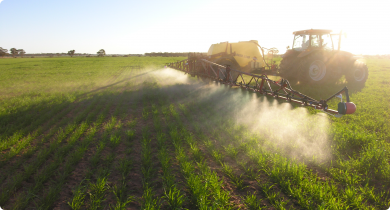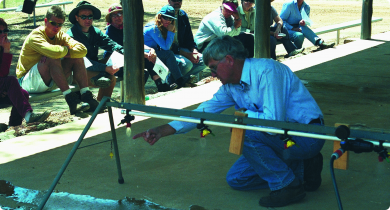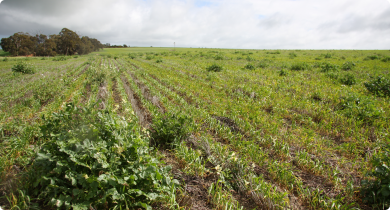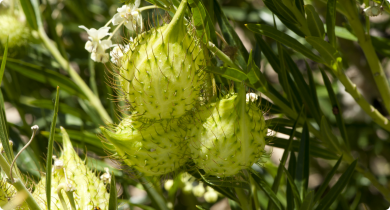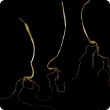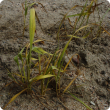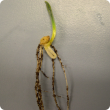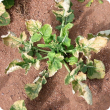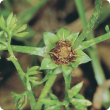Herbicides
Herbicides are chemicals that destroy or inhibit the growth of plants. They play a vital role in an Integrated Pest Management plan. Numerous herbicides are registered with the Australian Pesticides and Veterinary Medicines Authority for use in Western Australia (WA).
In 2006–07, 91.4% of Western Australian agricultural businesses used herbicides to control weeds. Total expenditure for all types of weed control was $341 million (Australian Bureau of Statistics).
Weed control is a shared responsibility between landholders, grower groups, biosecurity groups and the Department of Agriculture and Food, Western Australia (DAFWA). To protect WA’s agriculture, DAFWA:
- works with landholders, grower groups, community groups and biosecurity groups
- provides information on using herbicides, herbicide resistance and herbicides that can be used on declared plants in WA.
If you need advice on herbicides please search our website or the Australian Pesticides and Veterinary Medicines Authority website. Our Pest and Disease Information Service (PaDIS) can also put you in contact with a herbicide expert.
Filter by search
Filter by topic
- Weeds (65) Apply Weeds filter
- Declared plants (42) Apply Declared plants filter
- Crops (42) Apply Crops filter
- Grains (39) Apply Grains filter
- Weeds of National Significance (16) Apply Weeds of National Significance filter
- Crop weeds (16) Apply Crop weeds filter
- Mechanical, physical and cultural (12) Apply Mechanical, physical and cultural filter
- Grains research & development (8) Apply Grains research & development filter
- Canola (7) Apply Canola filter
- Lupins (7) Apply Lupins filter
- Pulses (6) Apply Pulses filter
- Field peas (6) Apply Field peas filter
- Biological control (6) Apply Biological control filter
- Wheat (3) Apply Wheat filter
- Residues in crops (3) Apply Residues in crops filter
- Preventing residues (3) Apply Preventing residues filter
- Pastures (3) Apply Pastures filter
- Livestock management (2) Apply Livestock management filter
- Feeding & nutrition (2) Apply Feeding & nutrition filter
- Livestock & animals (2) Apply Livestock & animals filter
- Residues in livestock (1) Apply Residues in livestock filter
- Pasture management (1) Apply Pasture management filter
- Oats (1) Apply Oats filter
- Barley (1) Apply Barley filter

